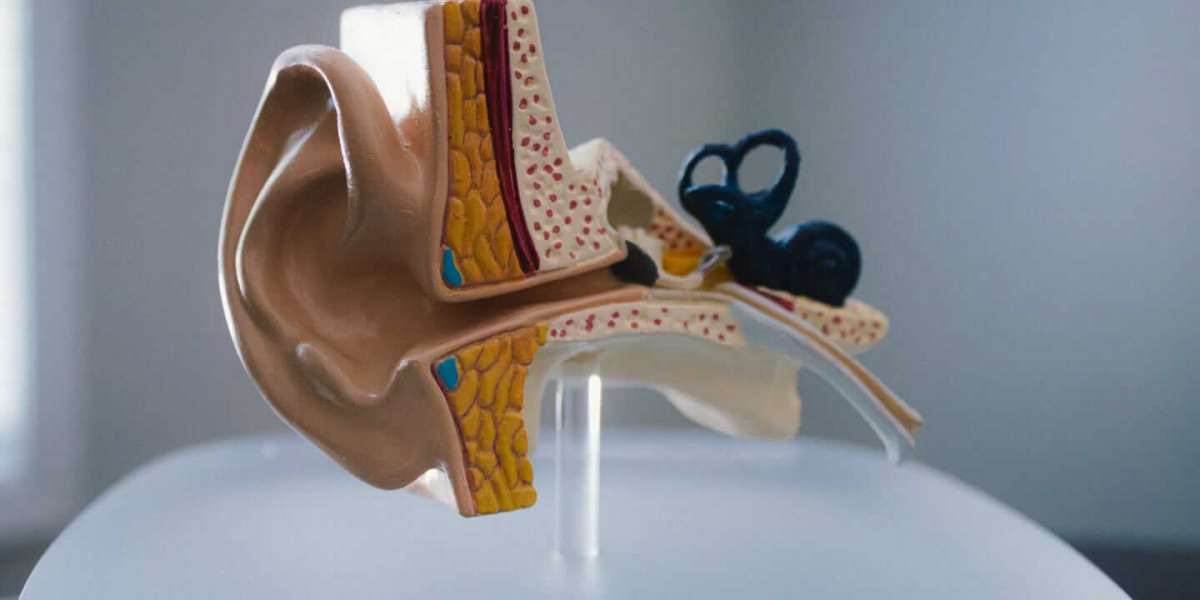A professional hearing aid fitting service is a vital step in optimizing your hearing aids for clear and comfortable hearing. This process involves more than just adjusting a device; it ensures that your hearing aids are perfectly tailored to your unique auditory needs and lifestyle. Here’s a comprehensive look at what you can expect from a professional hearing aid fitting service and how it enhances your hearing experience.
The Importance of Professional Hearing Aid Fitting
A properly fitted hearing aid can significantly improve your quality of life by enhancing your ability to hear and understand sounds in various environments. Professional fitting ensures that your hearing aids are customized to address your specific hearing loss, providing you with the best possible auditory experience. Key benefits of professional fitting include:
Optimal Performance: Professional fitting ensures that your hearing aids are programmed to match your hearing loss profile, optimizing amplification and sound quality.
Comfort and Fit: Audiologists adjust the physical fit of your hearing aids to ensure comfort and prevent issues such as irritation or slippage.
Real-World Effectiveness: Professional fitting involves testing the hearing aids in real-life listening situations to ensure they perform well in everyday environments.
What to Expect During Your Hearing Aid Fitting
- Initial Consultation
The fitting process begins with a thorough consultation. Your audiologist will review your hearing test results, discuss your hearing needs, and understand your lifestyle. This conversation helps them tailor the hearing aids to your specific requirements. You’ll also have the opportunity to ask questions and express any concerns.
- Customizing the Fit
Once your audiologist understands your needs, they will fit the hearing aids to your ears. This involves:
In-Ear Adjustment: For in-the-ear or receiver-in-canal models, the audiologist will adjust the device to ensure it sits comfortably and securely in your ear.
Behind-the-Ear Models: For behind-the-ear models, adjustments are made to the tubing and earmold to match the shape of your ear and ensure a proper fit.
- Programming and Calibration
The audiologist will use specialized equipment to program your hearing aids based on your hearing test results. This step includes:
Amplification Settings: Adjusting the volume and amplification levels to match the frequencies you struggle to hear.
Frequency Responses: Customizing the hearing aids to amplify specific frequencies according to your hearing loss profile.
- Real-Ear Measurements
To ensure the hearing aids are providing the correct amplification, the audiologist may perform real-ear measurements. This involves placing a small microphone in your ear canal to measure how the hearing aids are performing with live speech sounds. This data helps in fine-tuning the settings for optimal performance.
- Trial and Adjustment
During the fitting, you’ll test the hearing aids with various sounds and in different environments. The audiologist will make real-time adjustments based on your feedback to ensure that the devices provide clear and comfortable hearing. This trial period helps in identifying any necessary tweaks to enhance the performance of your hearing aids.
- Instruction and Training
Your audiologist will provide comprehensive instructions on how to use and care for your hearing aids. This includes:
Inserting and Removing: Demonstrating how to properly insert and remove the hearing aids.
Maintenance: Teaching you how to clean the devices, change batteries or recharge them, and adjust settings as needed.
Troubleshooting: Offering tips on how to address common issues and maintain optimal performance.
Post-Fitting Support
- Adjustment Period
After the fitting, you may experience an adjustment period as you get used to the new sounds and sensations. It is normal to notice background noises or experience some initial discomfort.
- Follow-Up Appointments
Regular follow-up appointments are essential for making further adjustments and ensuring that the hearing aids continue to meet your needs. These visits allow your audiologist to address any issues and fine-tune the settings based on your feedback.
- Ongoing Assistance
Your audiologist will provide ongoing support, addressing any concerns or questions you may have about your hearing aids. They are available to offer additional adjustments or training as needed.
Conclusion
A professional hearing aid fitting service is crucial for achieving the best possible hearing experience. By providing personalized adjustments and comprehensive support, audiologists ensure that your hearing aids deliver optimal performance, comfort, and clarity. This expert service helps you adapt to your hearing aids effectively, enhancing your ability to enjoy clear and comfortable hearing in all aspects of your life.






